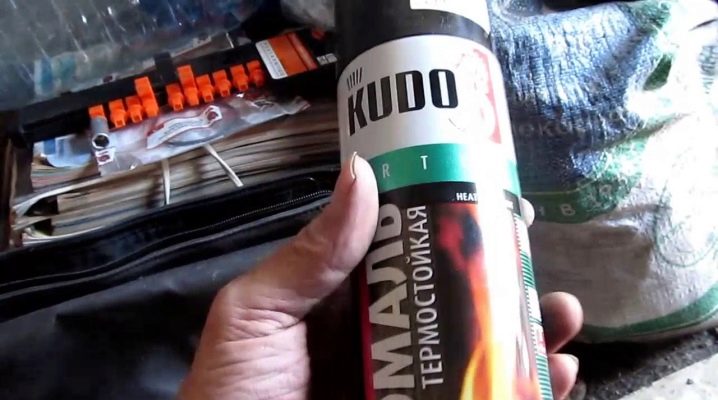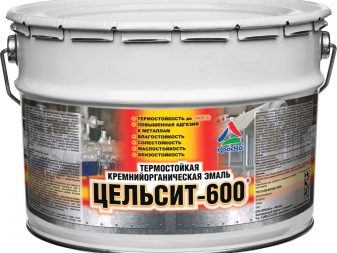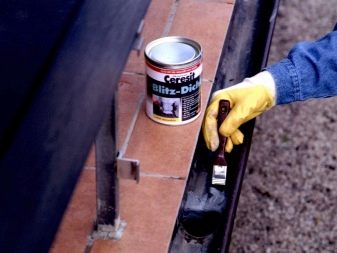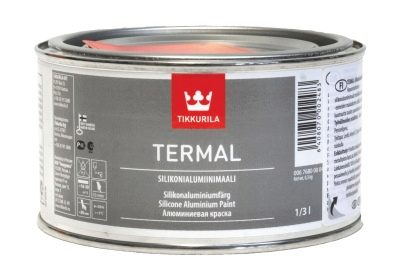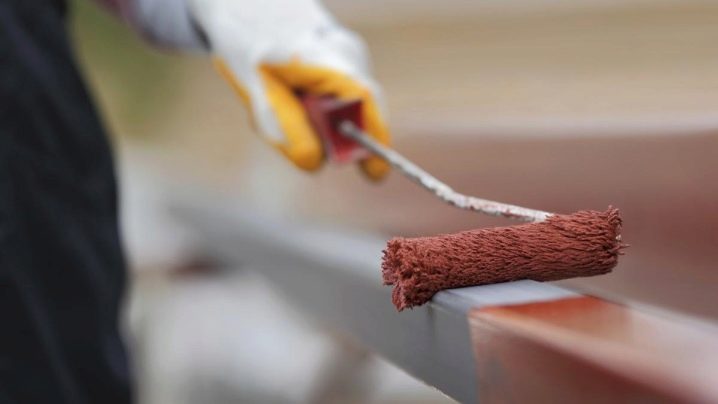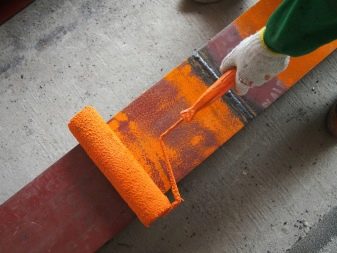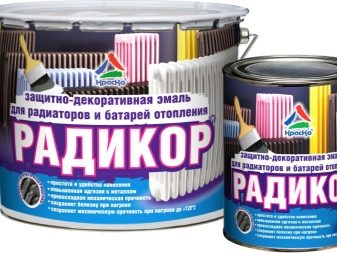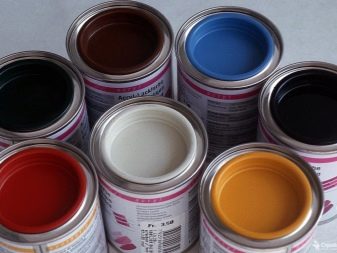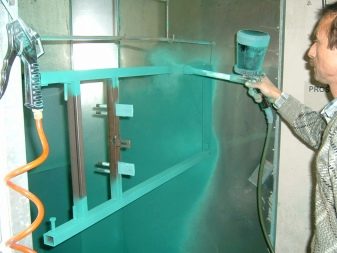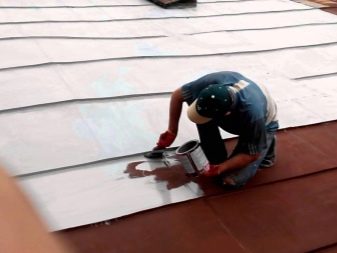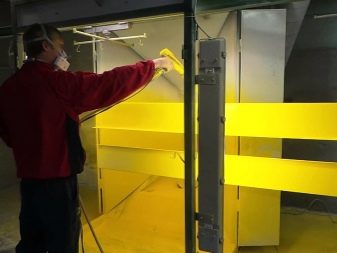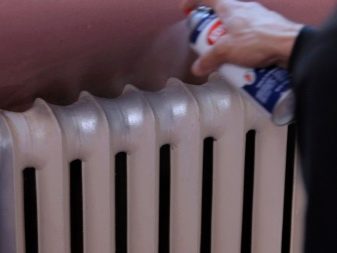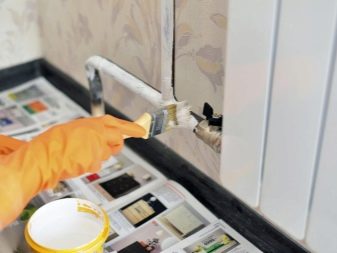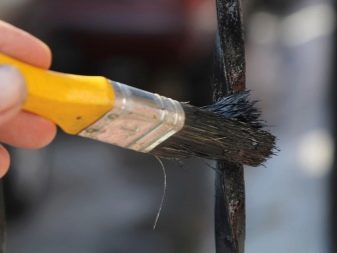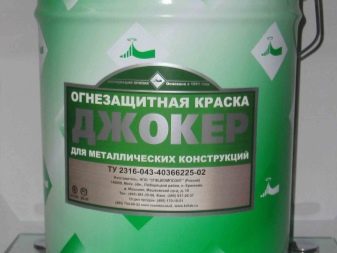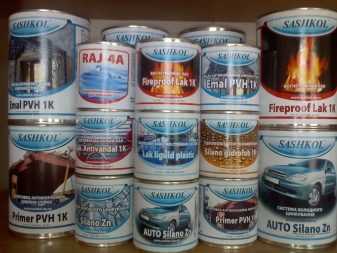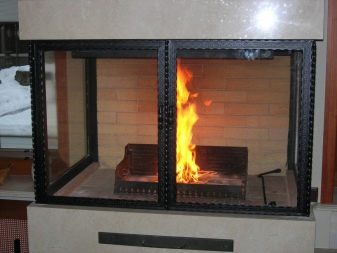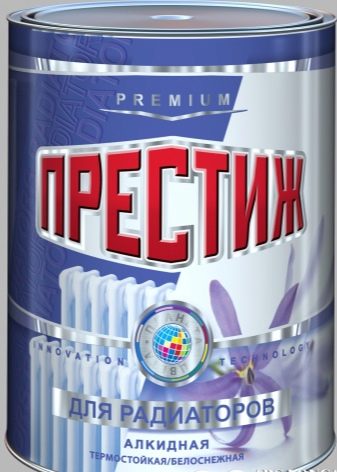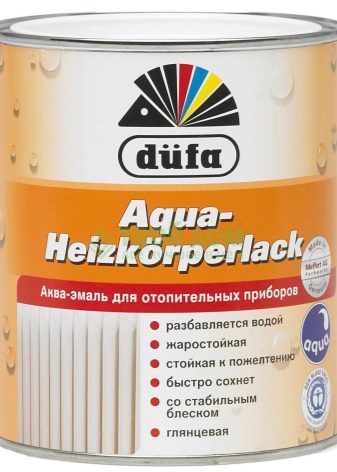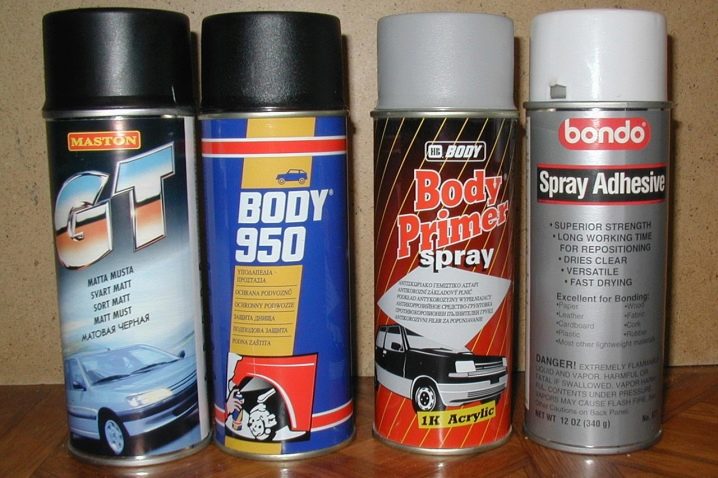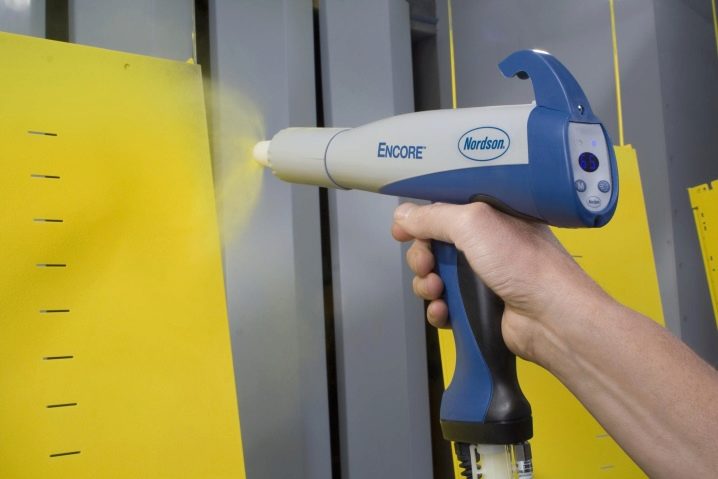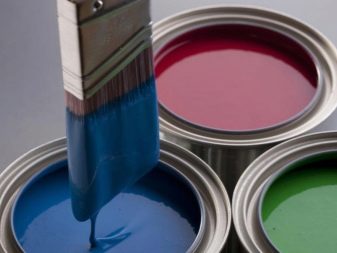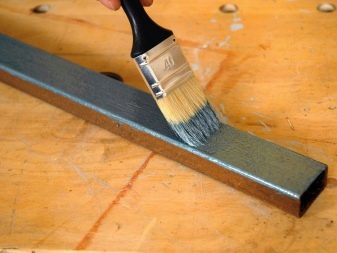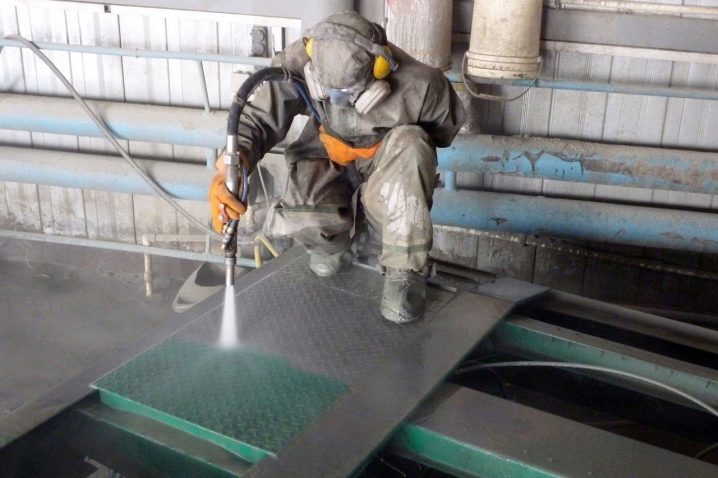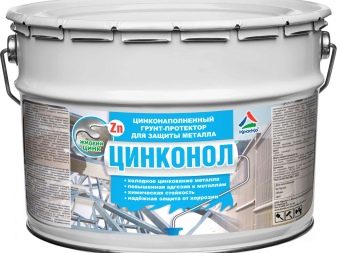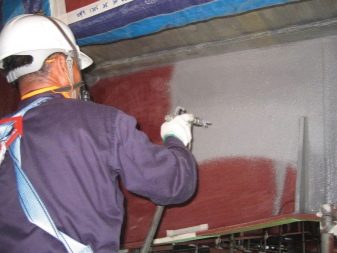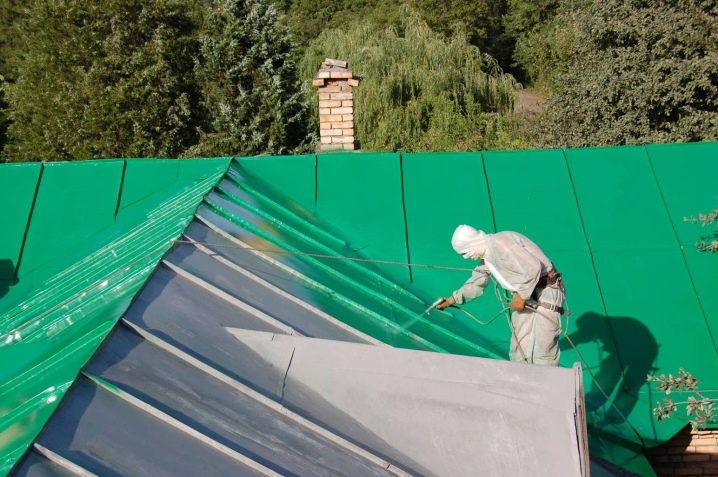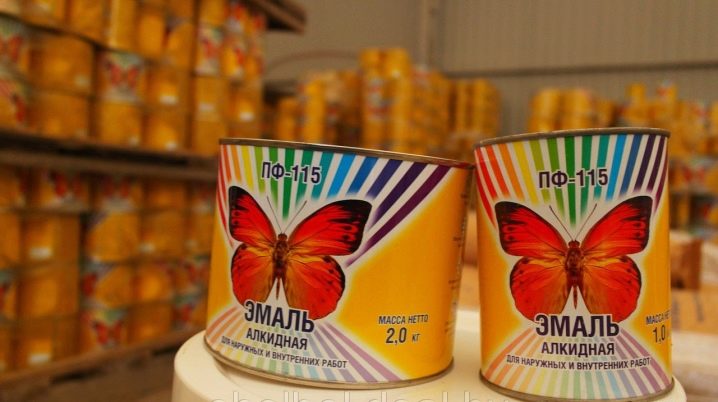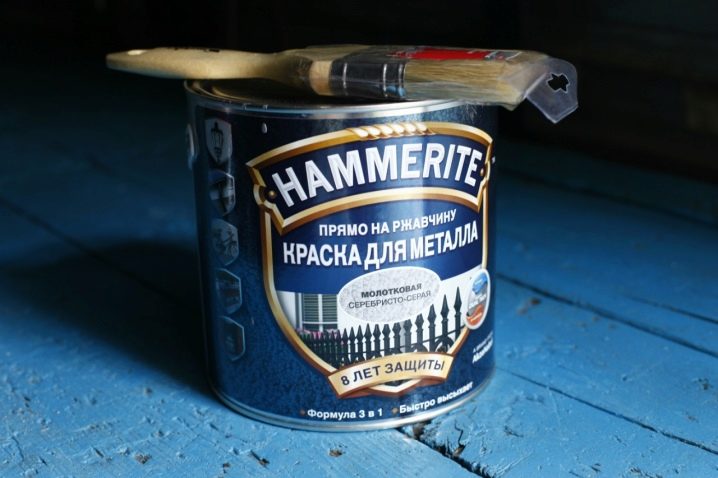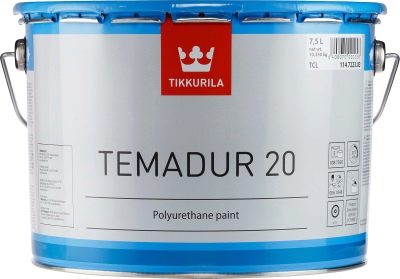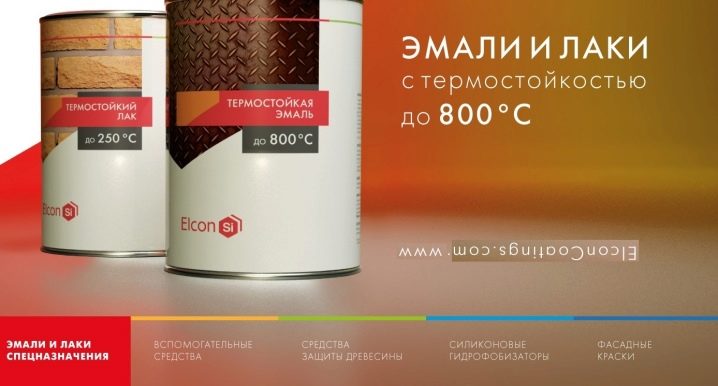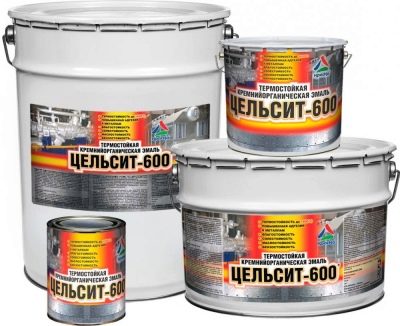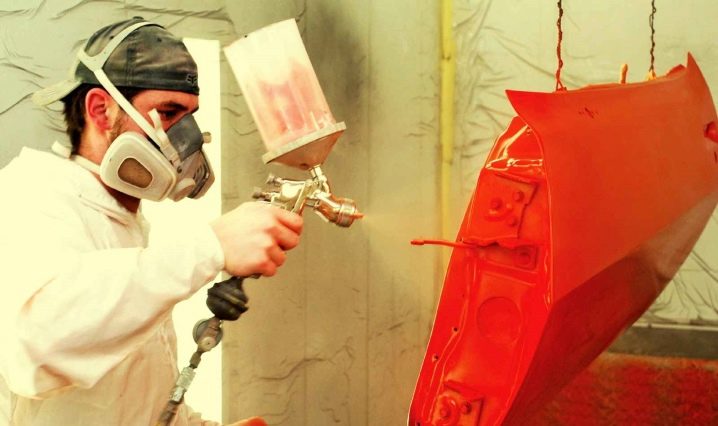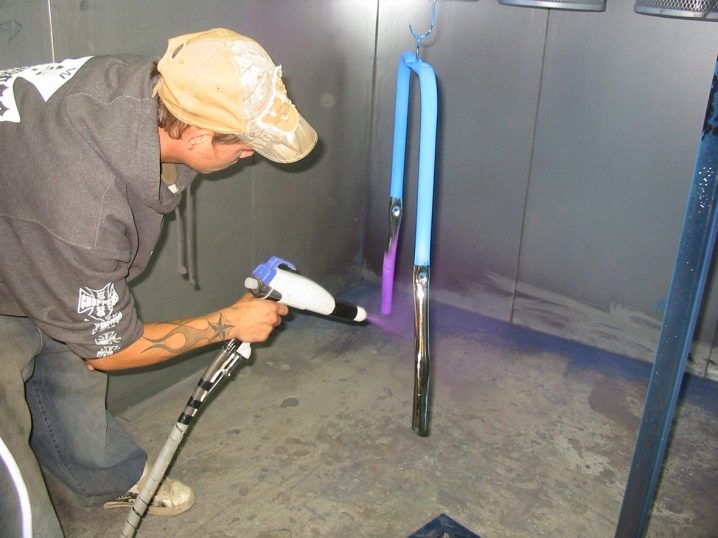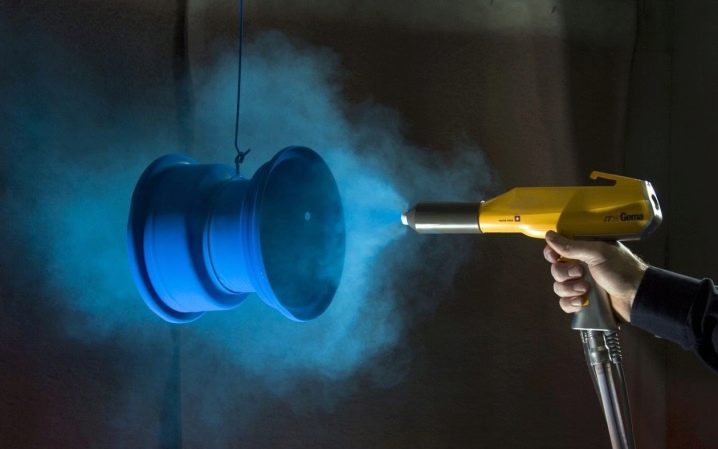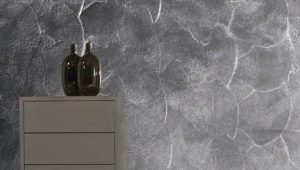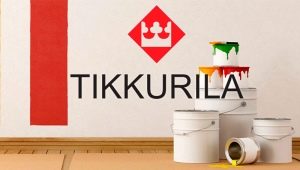Heat-resistant paints for metal: features of choice
In the home and at work there are items and equipment that heat up above normal temperatures. Heat-resistant paints are used to paint and protect them. To prevent their destruction from corrosion, moisture and other negative effects, it is necessary to create a protective layer on the surface. For this fit heat-resistant paint on metal, which now will be discussed.
Special features
In modern construction metal structures are widely used. Despite the development of durable wear-resistant plastics, there are areas where the use of metal is simply necessary. These are areas with maximum loads, high temperature zones, and an aggressive working environment. During operation in such conditions, steel can lose its physical properties. To ensure the protection of metal heat resistant paint is used.
With the right choice of paint composition for metal and consideration of all components of the design, you can achieve the maximum effect in protection and ergonomic properties. Heat-resistant coating of metal at first glance is no different from the usual paint and varnish composition. Differences become noticeable during operation. If the structure of simple paints collapses at high temperatures, then heat-resistant coating on metal retains its structure and physical properties of the metal structure.
Also, heat-resistant paints perform their direct function - anti-corrosion protection. Protecting metal from high temperatures, they also protect it from such aggressive factors as corrosion.
Science does not stand still, and today there are already heat-resistant paints that can withstand an open flame. Therefore, the choice of heat-resistant coating is a serious task. It is necessary to define the tasks of metal protection correctly. It is from this will depend on the characteristics and components of the paint. The property of paint to resist the effects of high temperatures due to the presence in its composition of organosilicon substances, polymers and fillers.
Polymers provide increased durability to the coating, and aluminum powder increases resistance to high temperatures.
Considering that many components are part of heat-resistant paint, its properties differ from ordinary paints. Here are just some of the properties of the coating:
- very high insulating properties - can be used for insulation of electrical structures;
- well withstand exposure to both high and low temperatures;
- high resistance to corrosion and moisture;
- chemical resistance;
- possesses high plasticity that allows not to collapse at operation.
Scope of application
Now heat-resistant paints are widely used both in the industry, and in life. The use of this kind of coating ensures long life of the entire structure. It is used to:
- coating units and equipment of heating systems;
- painting pipeline structures;
- application of coatings in the nuclear power industry;
- coating chimneys in boilers, metallurgical furnaces;
- painting engine parts of cars;
- covering household appliances.
The use of heat-resistant coating in heating systems allows to increase the service life of all elements and assemblies. This allows you to operate the metal much longer and protects the equipment from destruction. When using heat-resistant paints for coating pipelines, a double effect is achieved. Pipes receive not only protection against elevated temperatures, but also corrosion protection.
Thanks to this coating metal structures will last a long time. The use of heat-resistant coatings in nuclear energy is due to safety requirements. These paints are well proven in critical situations.
In the automotive industry, heat-resistant paints are widely used. More and more details in the car are painted with such paints. This improves the performance of the machine.
Covering household appliances and appliances with heat-resistant coating, achieve safety during its operation. After all, such paints are good dielectrics and keep high temperatures well. Due to this, all household appliances that have a metal structure, cover the heat-resistant composition.The most common example of such a coating is a brazier. Increased resistance to open fire makes the design durable and practical to use.
The steel materials of which the furnaces are made differ in their characteristics, Because of this, the thermal coating used in the work must meet the following requirements:
- have excellent adhesion with the protected product;
- to resist cracking, to have good elasticity so as not to collapse during expansion;
- to withstand the effects of aggressive environments when used outdoors;
- have a high resistance to mechanical stress;
- do not react with the substances listed;
- have anti-corrosion properties and not be afraid of rusty surfaces;
- do not contain toxic substances in its composition.
Kinds
Heat-resistant paints for stoves and fireplaces are selected according to the characteristics that meet the requirements of the protected material. However, universal paints are now being produced that can be used for a wide range of designs. All heat-resistant paints are distinguished by their composition and ability to withstand the maximum temperature.Conventional paint coatings made on any basis, can withstand temperatures up to 80 degrees.
White alkyd or acrylic paints, which include various additives, are widely used in everyday life. These enamels for a long time retain the original colors and excellent insulating properties. The working environment for such heat-resistant enamels - at temperatures up to 100 degrees. They are produced in the form of aerosols in cans. Main advantages:
- non-toxic;
- have excellent adhesion properties;
- resistant to corrosion;
- resistant to aggressive media;
- have good elasticity.
Epoxy blends are often used in the automotive and steam industry. Due to the presence in their composition of components such as zinc and zinc phosphate, these paints can withstand temperatures up to 200 degrees. They are also called high-temperature, heat-resistant. Main advantages:
- corrosion resistance;
- fireproof;
- this is a very durable coating resistant to all types of mechanical impact;
- warranty coverage - up to 15 years.
Single component blends successfully withstand temperatures up to 400degrees Under the influence of such high temperatures, ordinary paints burn out within a few minutes. By adding metallic powder to the heat-resistant paint, the integrity of the coating and high heat transfer are achieved, thus creating a thermal barrier and fire protection. Put such mixtures on the surface in one layer. Main advantages:
- excellent adhesion properties;
- good insulation performance;
- fireproof enamel;
- Warranty coverage up to 10 years.
For the aviation industry, one-component flame-retardant silicone resin paints were developed. When applied to a surface coating with a thickness of 30-100 microns, the product is able to withstand temperatures up to 650ºC. Specifications:
- this is a quick-drying coating;
- high elasticity;
- color saturation;
- warranty coverage - up to 10 years.
The most high-tech coating used in nuclear power. Including organosilicon components, it is able to work at temperatures above 650 degrees. Also, such a refractory paint is widely used in the space industry. Its features:
- excellent adhesion properties;
- corrosion resistance;
- fire characteristics;
- Warranty coverage up to 10 years.
Color and design
Currently widely used metallic paint powder. Such popularity brought her high adhesion. The surface treated with powder paint acquires a characteristic luster, which gives the product the best aesthetic properties. There are several varieties of such coverage. Such enamel is very appropriate in the style of avant-garde. When using different components you can get shades such as bronze, silver, gold.
This coating is used for finishing interior elements and metal structures to give them a decorative finish.
For industrial purposes, heat-resistant paint for metal is very limited in the color palette. The whole range of colors fits all three colors: white, gray, black. The use of one or another color depends on the purpose of the structure or product. Black color is used to cover surfaces that require rapid heating. The gray coating hides well all the flaws and defects of the surface. White color is necessary for parts that should have a large heat transfer.
The most saturated colors of heat-resistant paints for metal manufacturers are for domestic use. It is also necessary to take into account that such colored enamels produce both matte and glossy.
Possible colors and shades of heat-resistant paint:
- yellow;
- alay;
- blue;
- herbal;
- silver gray;
- anthracite;
- ocher;
- dark brown;
- pure white;
- black and brown;
- silverfish;
- copper and many others.
Manufacturers
Almost all manufacturers of paint and varnish compounds have in their lines options for paints with heat-resistant qualities. One of the largest manufacturers and brands is Tikkurila. It was this brand that created the method of making coatings on silicone resin. Such enamels have a very high drying speed and are ideal for heating equipment. About this paint leave the most positive reviews.
If you carry out internal work or paint the furnace from red brick so as not to spoil the noble color, then you can apply the enamel company "Elkon". The absence of toxic fumes and environmental friendliness make such products a very good and worthy option for residential use.
Also in demand heat-resistant paint for metal "Certa".Its temperature range is up to 700 degrees. Use it more for industrial purposes. Some modifications of the paint are made on the basis of silicone components.
Most often, domestic paint “Celsit-600” is used for painting ferrous metals. Working temperature - up to 600 degrees. This paint is bought to cover metal equipment, boilers and electric furnaces, steel structures and incinerators, and kilns. It is also allowed to be applied on brick and concrete surfaces. It is used in domestic needs. All the above brands of paints and manufacturers have proven themselves from the best side in the process of operation.
In order to choose the right heat-resistant paint for metal, you need to consider several parameters:
- conditions of operation of metal;
- maximum temperatures affecting the product;
- the duration of the heat;
- method of application depending on the design of the product.
Tips for choosing
When choosing a coating according to operating conditions, it is important to consider that enamels that are intended for industrial use will not be suitable for solving problems in living conditions.However, the use of paint with a higher threshold of maximum temperature is not economically feasible. So, the stove can be heated to a temperature of 800ºC, while the maximum temperature of heating radiators in the house is 90 C. It is clear that the coating suitable for radiators will not last long when used on a metal oven.
For painting products in hard-to-reach places and with complex shapes, manufacturers produce thermal coating in aerosol cans, which simplifies the task of painting the surface, although it increases the material consumption.
To avoid increased paint consumption, you need to apply the coating with special equipment. The use of spray guns will also reduce material consumption. The choice of paint depends on where the product will be operated. If the structure is operated in an aggressive environment, then the anticorrosive property of the coating comes first. When using paint in the enclosed space, environmental safety becomes paramount.
In any case, the durability of the entire structure depends on a properly selected coating.
Do not forget about the recommendations of the manufacturer of heat-resistant paints.Many of them recommend adding organic resins to the heat-resistant coating when painting metal surfaces. This will increase the plasticity and adhesion of paint, reduce the drying time of the entire structure. The result of applying a heat-resistant coating on a metal depends on many factors. This is primarily a thorough preparation of the entire surface, taking into account the recommendations of the coating manufacturers. The recommended temperature regime during application ranges from -30 to 40 degrees.
By following all the requirements and recommendations, you will achieve the most successful result when applying a heat-resistant coating on a metal surface.
When painting the furnace or brazier with heat-resistant paint, it is necessary to choose a range from 600 to 1000 degrees. This is the best option for this design. The application of the same coating on other types of metal is economically unprofitable and impractical. This will lead to meaningless waste of materials and to a zero result.
Review of heat-resistant paint on metal, see the following video.
